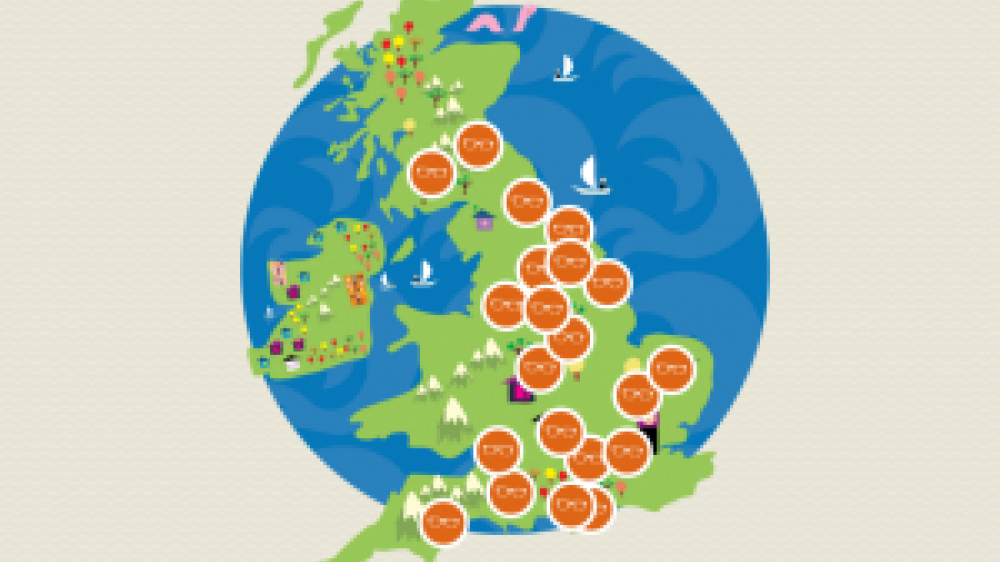Metrion Biosciences Ltd has joined the network of partners involved in the DRGNET CRACK IT Challenge.
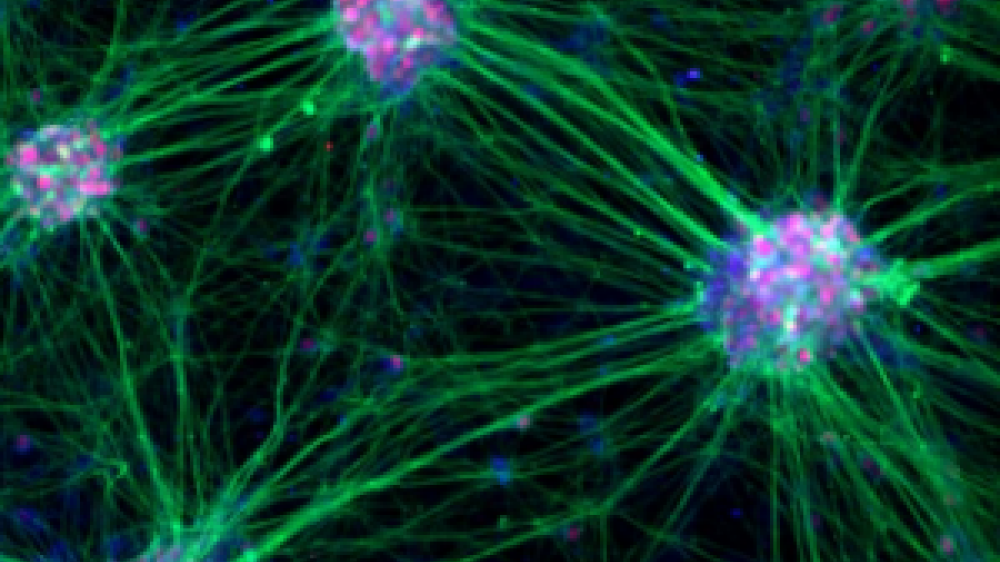
Metrion Biosciences Ltd has joined the network of partners involved in the DRGNET CRACK IT Challenge.

Millions of laboratory animals are killed each year worldwide, either because their organs or tissues are required, because a humane endpoint has been reached, or because they are surplus to requirements (e.g. due overbreeding or lack of a desired

In her blog this month, our Chief Executive Dr Vicky Robinson discusses our ongoing collaboration with the Association of the British Pharmaceutical Industry (ABPI), and a new project involving data sharing.
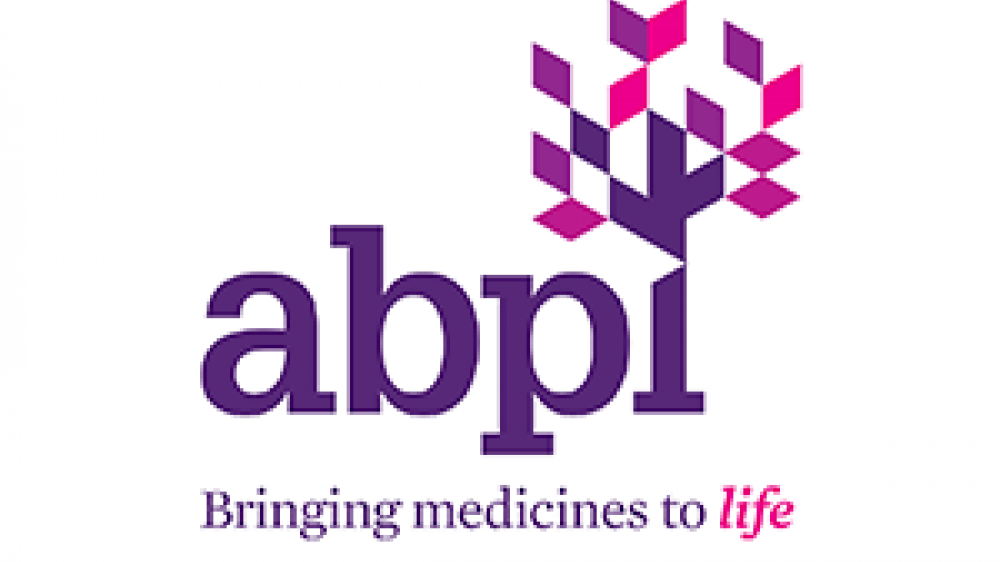
The 2016 CRACK IT Challenges competition consists of four Challenges identified jointly by the NC3Rs and Sponsors. This year the competition is funded by the NC3Rs, co-funding provided by Arthritis Research UK (“Osteo-chip”) and ESPRC (“Osteo-chip”

An Edinburgh based team are archiving stem cells from patients with bipolar disorder so that they can be shared with scientists worldwide to help reduce the use of animals in research.
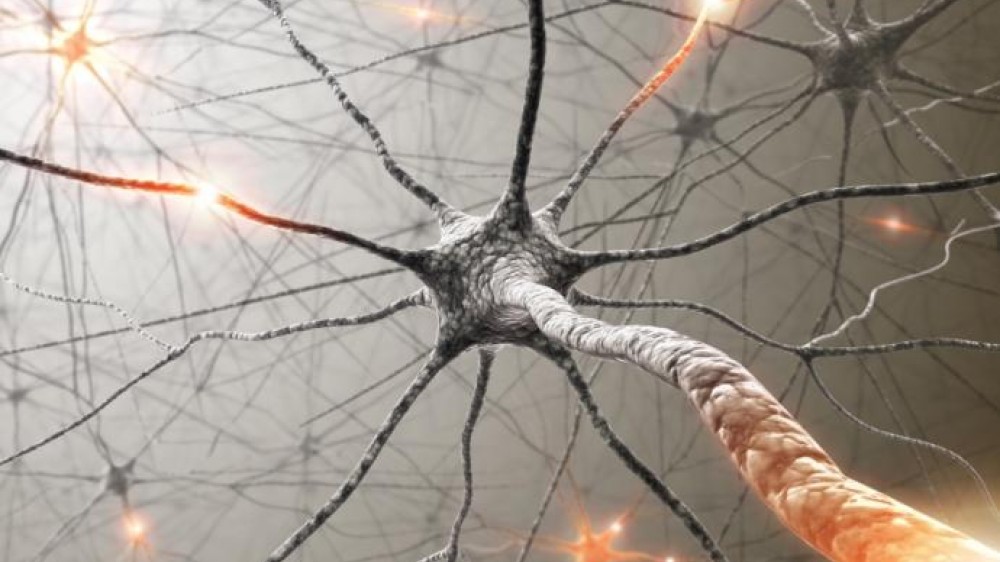
The emotional state of an animal is a key indicator of its welfare and many researchers now use a variety of approaches to better understand the wellbeing of animals, and the impact that good welfare can have on research.

Further funding for new approaches to reduce reliance on animals in research and improve animal welfare will ensure that the UK’s scientific community continues to lead in its commitment to the 3Rs.
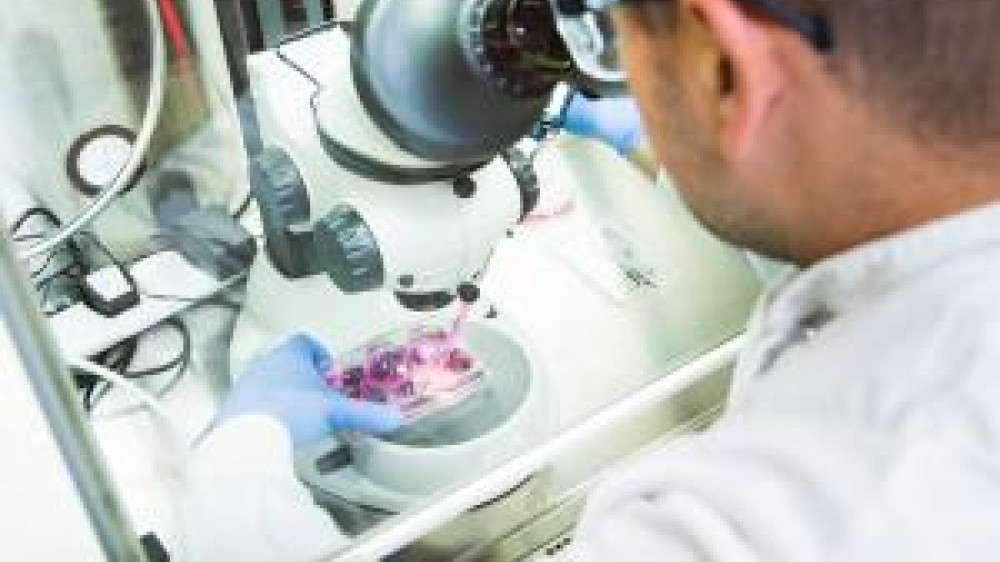
A study, published in the journal Cell, describes organoids of colorectal cancer derived from the patients’ own tissue.
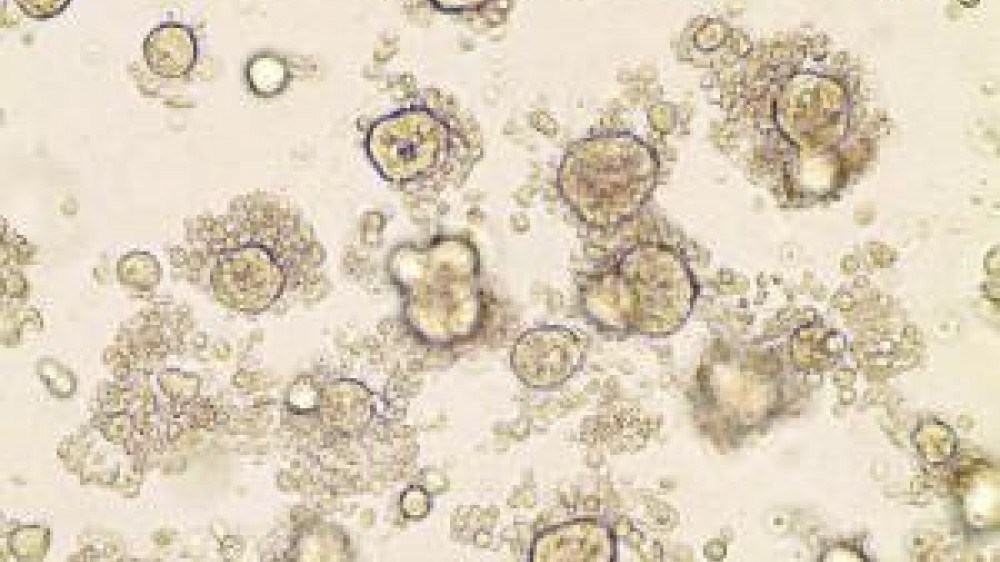
A recent publication describes a novel approach to assessing the palatability of new drugs using the amoeba Dictyostelium discoideum instead of rodents.
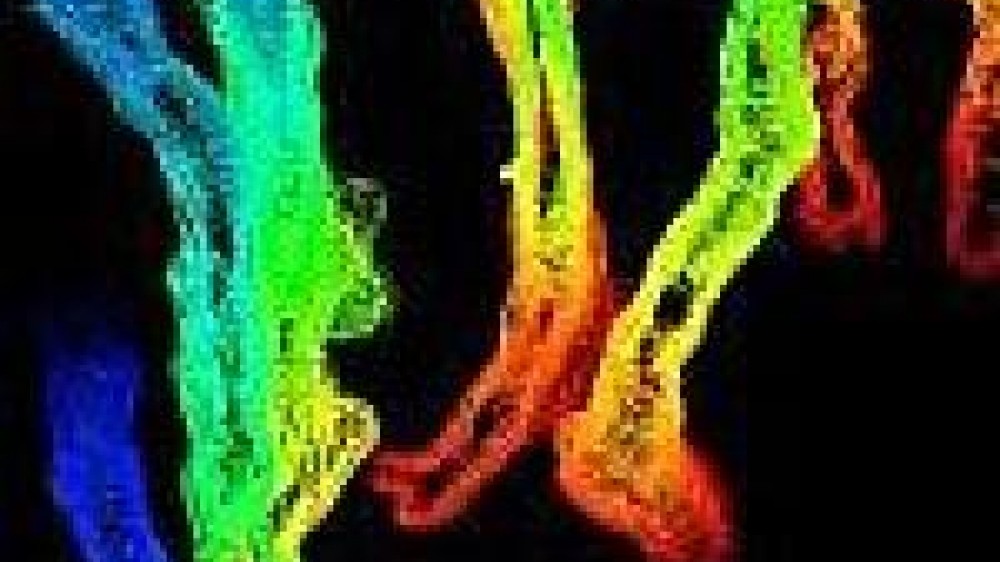
Today the Home Office released their annual statistics showing the number of scientific procedures using living animals in Great Britain in 2015.
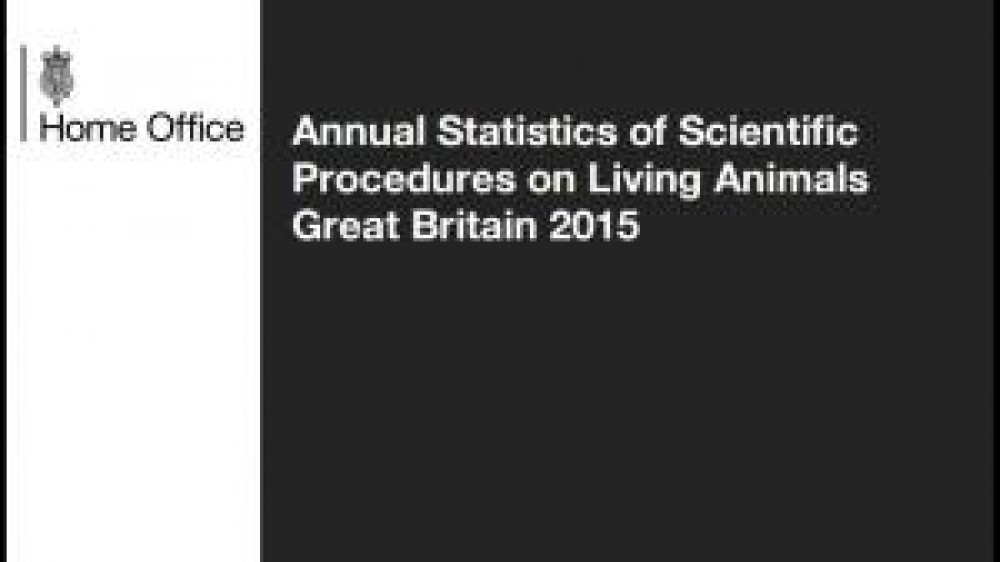
Working in partnership with MedImmune, the biologics R&D arm of AstraZeneca, we organised a workshop to explore how the 3Rs can be used as a foundation for minimising both animal use and drug attrition in oncology research.

A study published recently in Journal of Neuroscience Methods describes a new Non-invasive Head Immobilisation System (NHIS) for macaque monkeys used in neurobiology research.
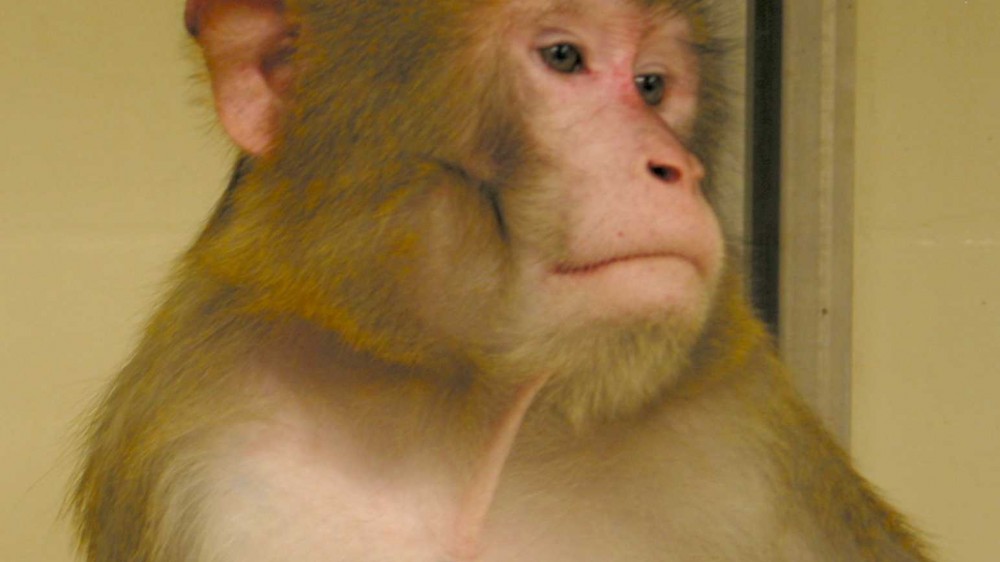
An analysis, published recently in Regulatory Toxicology and Pharmacology, has shown that Quantitative Structure–Activity Relationship (QSAR) models could potentially be used to predict whether plant protection product (PPP) metabolites are acutely

In May 2015, we launched a major new resource – The Macaque Website – which complements our earlier website on Common Marmoset Care.
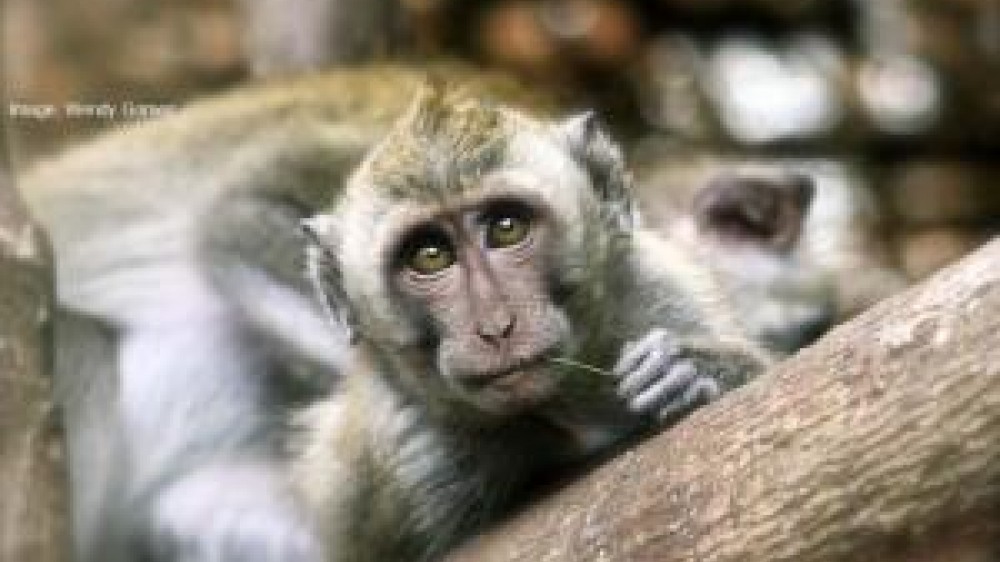
The NC3Rs has been working with the pharmaceutical industry to assess the relevance of rodent central nervous system (CNS) safety pharmacology studies in predicting what happens in first-in-human phase I studies.
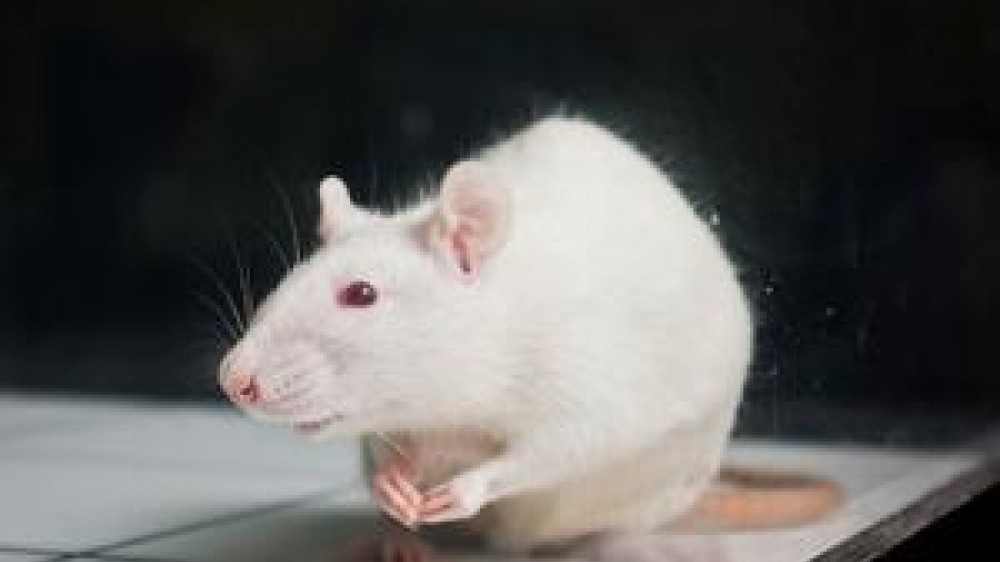
Funding research has been an essential part of our strategy and over the last five years we have committed around £28 million for grants to develop and characterise new 3Rs approaches and technologies.

A recently published paper in Laboratory Animals summarises the findings of an NC3Rs expert working group who have been investigating the consideration of rodent age in studies.
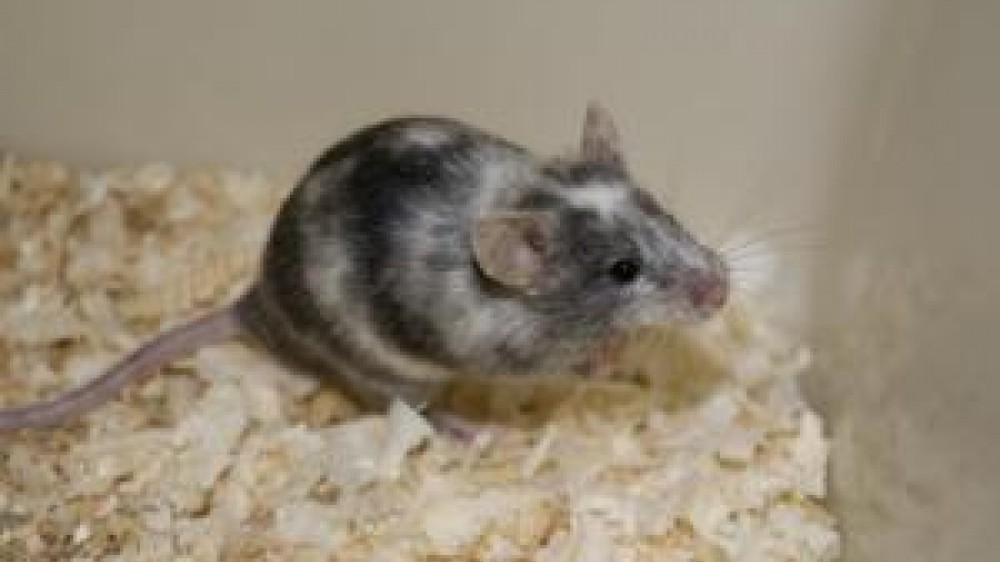
Head of technology development, Dr Anthony Holmes has recently been appointed to the Board of Trustees of the international Health and Environmental Sciences Institute (HESI), based in Washington, USA.

A paper reporting the development of a new automated home cage monitoring system for mice has been published this month in the journal Frontiers in Behavioural Neuroscience.
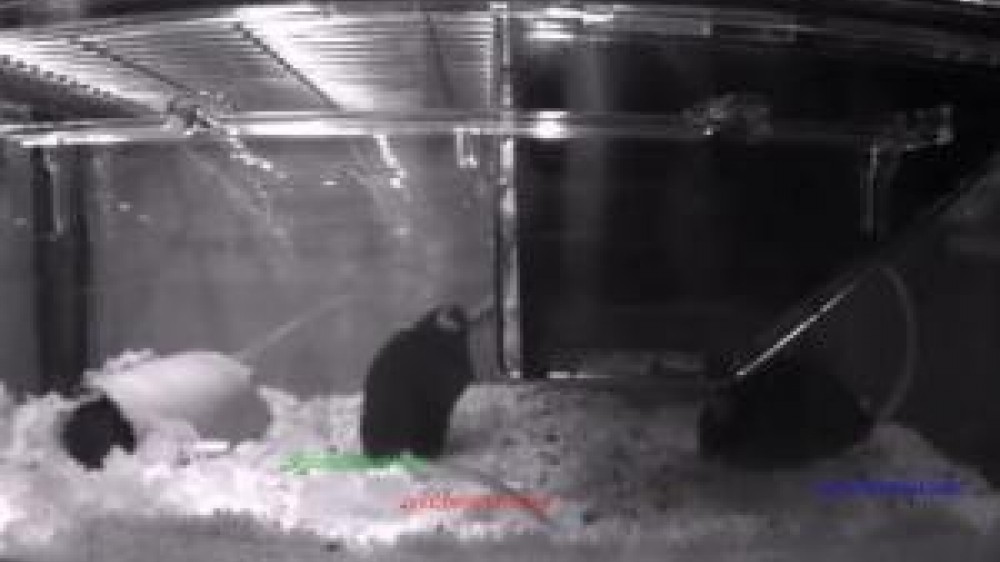
Recently our grant holders spoke in pubs as part of the Pint of Science festival, which took place across the UK on 23-25 May.
